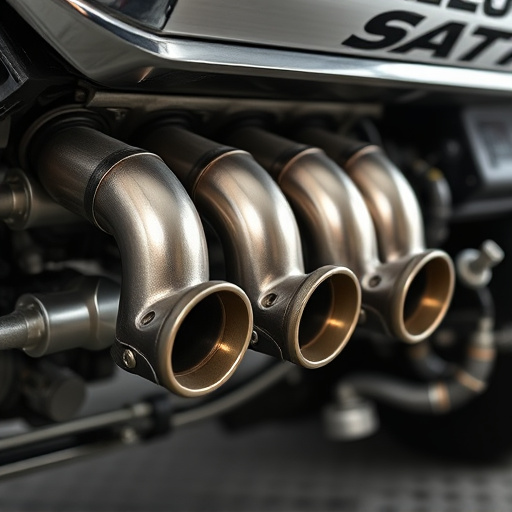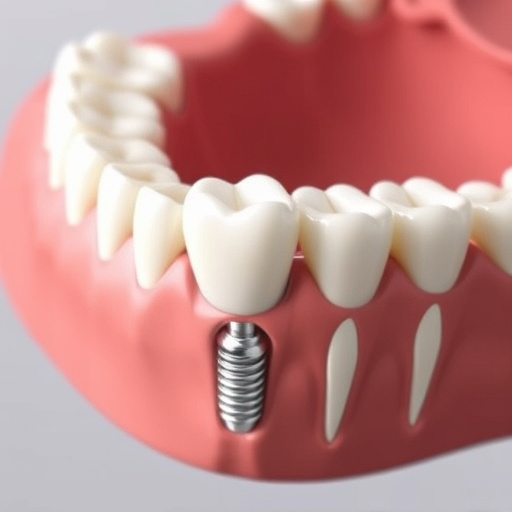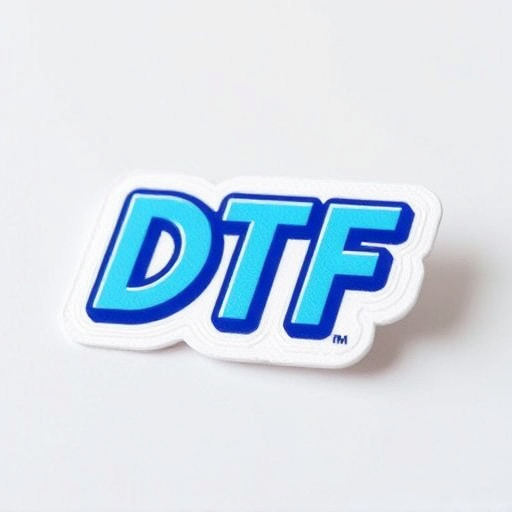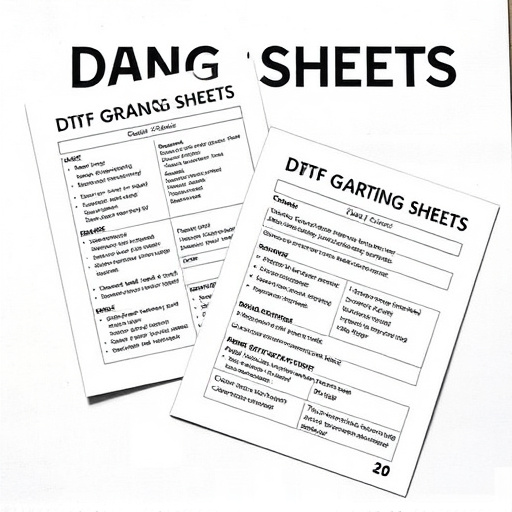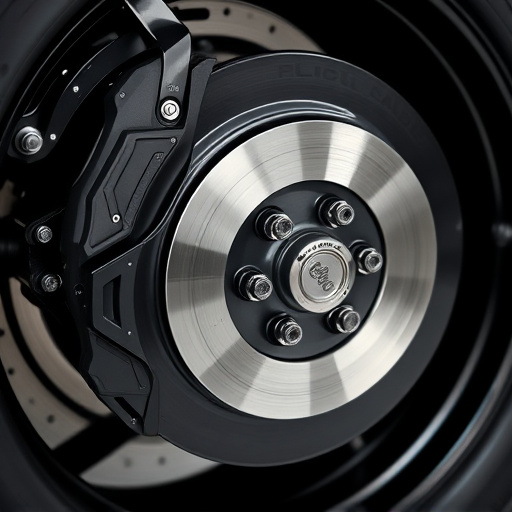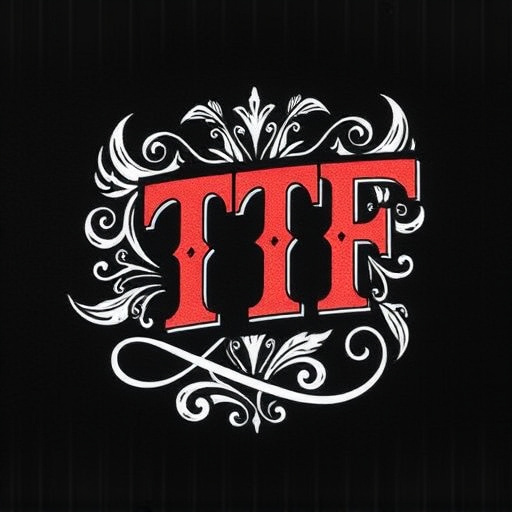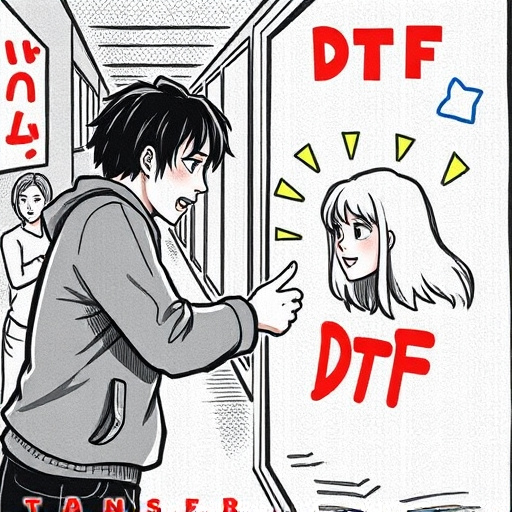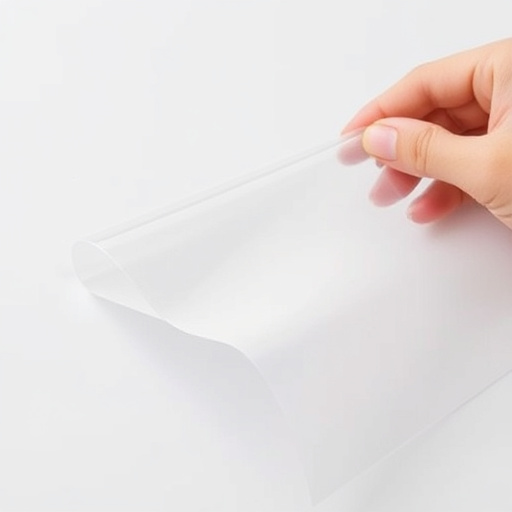DTF Transfers Ready To Press: Optimizing Process & Mitigating Issues
Understanding DTF (Direct to Fabric) transfers is key for efficient custom apparel production. Key challenges include print misalignment due to improper machine setup and inadequate adhesion leading to flaking or peeling. Correcting these involves using compatible materials, proper pressing pressure, and fabric prep. The pressing process is critical; inspecting print quality, temperature & pressure settings, and fabric for contaminants ensures optimal bonding. Regular machine maintenance and high-quality equipment, inks ensure vivid, durable designs ready to press.
Experiencing issues with your ready-to-press DTF (Direct to Fabric) transfers? This comprehensive guide is tailored to help you troubleshoot common problems and achieve seamless transfer results. From understanding the fundamentals of DTF transfers to identifying and resolving pressing process errors, this article equips you with the knowledge needed to overcome challenges efficiently. Discover effective solutions that ensure your prints are as vibrant and accurate as intended, every time.
- Understanding DTF Transfers and Common Issues
- Diagnosing Problems in the Pressing Process
- Effective Solutions for Seamless Transfer Results
Understanding DTF Transfers and Common Issues

Understanding DTF (Direct to Fabric) Transfers is key when troubleshooting issues with ready-to-press processes. DTF technology allows for high-quality printing directly onto various fabrics, offering a versatile and efficient method for custom apparel and merchandise production. However, like any printing technique, it’s not without its challenges. Common problems include print misalignment, where the design doesn’t accurately line up on the fabric, leading to off-center or distorted artwork. This often occurs due to improper setup or calibration of the printing machine.
Another frequent issue is inadequate adhesion, resulting in flaking or peeling of the transfer after pressing. This can be attributed to factors such as using incompatible materials, incorrect pressure settings during pressing, or failing to prep the fabric properly before application. With proper care and attention to detail during preparation and pressuring stages, these problems can be mitigated, ensuring superior DTF design transfers for dtf custom apparel and dtf artwork applications.
Diagnosing Problems in the Pressing Process

When troubleshooting issues with Ready to Press (RTP) transfers using DTF (Direct to Fabric) technology, understanding the pressing process is key. The initial step involves inspecting the print quality and ensuring that vibrant designs are accurately transferred onto the fabric. Any deviations from the expected outcome could indicate problems with the printing or pressing machinery. For instance, uneven ink distribution, smudges, or missing details can signal issues with the dtf online ordering or custom order settings.
Checking the temperature and pressure settings during the pressing process is crucial. Incorrect temperatures or pressure can result in inadequate bonding of the design to the fabric, leading to poor-quality prints. Additionally, examining the fabric itself for any contaminants or moisture residuals can help identify potential interference with the RTP transfer. Regular maintenance and calibration of pressing machines are essential to ensure optimal performance, thereby facilitating the creation of high-quality, custom orders featuring vivid designs.
Effective Solutions for Seamless Transfer Results

Ensuring seamless DTF (Direct to Fabric) transfers ready to press is paramount for achieving high-quality prints on fabric. One effective solution lies in optimizing your printing settings. Adjusting resolution, ink density, and pressure can significantly impact final results. Higher resolutions and accurate color profiles ensure precise DTG transfer printing, resulting in vibrant and detailed designs.
Additionally, investing in top-tier printing equipment and inks is crucial for DTF durability and color matching. High-performance printers with advanced technology offer better control over ink deposition, leading to more consistent and long-lasting prints. Furthermore, utilizing high-quality inks ensures that colors remain vivid over time, enhancing the overall aesthetic appeal of your fabric transfers.
Ready-to-press DTF transfers can be a game-changer for printing, offering vibrant and accurate results. However, troubleshooting common issues is essential for achieving seamless outcomes. By understanding the underlying causes of problems during the pressing process, from improper material preparation to misaligned designs, you can implement effective solutions. With these strategies in place, you’ll be well-equipped to deliver high-quality prints consistently, ensuring your DTF transfers meet professional standards and customer expectations.
